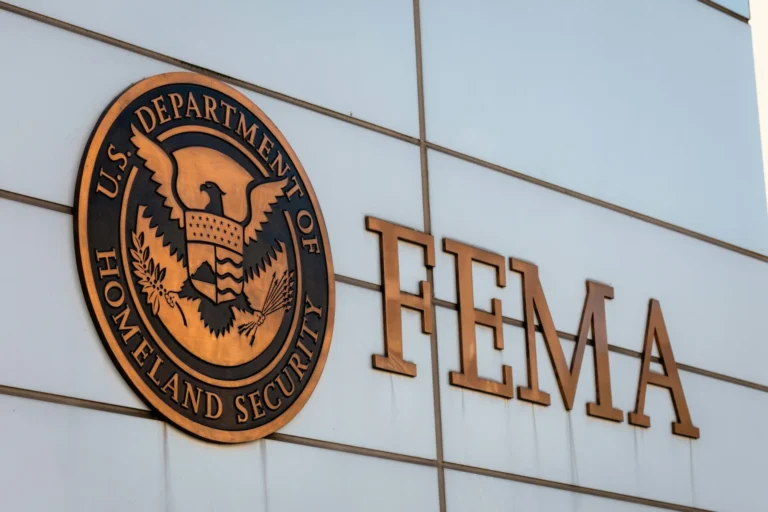Bush’s claim that the event was truly ‘dangerous’ does not appear to hold up to scrutiny. What Really Happened With Iran In The Strait Of Hormuz?By Cliff Montgomery – Feb. 4th, 2008George W. Bush has claimed that a Jan. 6th Persian Gulf encounter between Iranian boats and American Navy ships was a “provocative act.””It [was] a dangerous situation,” Bush claimed at a later White House news conference.Here’s how The Associated Press (AP) described one Navy official’s statement on the incident:”The top U.S. Navy commander in the area said an Iranian fleet of high-speed boats charged at and threatened to blow up a three-ship U.S. Navy convoy passing near but outside Iranian waters” as the American ships were heading into the Persian Gulf via the Strait of Hormuz, said the AP report.But there appears to be a problem with this official version of events.The Corporate Press horror stories of the “provocative act” have their origin in a Jan. 7th press briefing by a Bush Administration spin doctor, whose statements often were based on ‘misinformation’ that has since been denied by the Navy itself.That the Navy had a brush with a handful of Iranian speed boats is not denied. But Bush’s claim that the event was truly “dangerous” does not appear to hold up to scrutiny.The flare-up between three American warships and five small speed boats, none carrying more than four men apiece, happened quite early on January 6th. Yet no press statement was released on this claimed “provocative act” for over 24 hours.Why would the Bush Administration–which has been barraging the American people with Appeals to Fear for months in the apparent hopes of invading this Gulf nation as it did Iraq–not bother to mention this event for more than a day after it happened? Some say it’s because this incident was no different than numerous others which have occurred in the Gulf for over a decade.A U.S. Defense consultant speaking on condition of anonymity told Inter Press Service (IPS), a liberal news service, that experienced officers have told him of comparable run-ins with small Iranian vessels during the 1990s, and that these events are “just not a major threat to the U.S. Navy by any stretch of the imagination”.The portrayal of Hormuz as a “provocative” event came just as George W. Bush was to leave on a trip to the Middle East, made in part to convince Arab nations to join the Bush Administration in forming an anti-Iran coalition.A Jan. 7th news release by the U.S. 5th Fleet commander on the Hormuz incident stated that the Iranian “small boats” had “maneuvered aggressively in close proximity of [sic] the Hopper [the lead ship of the three-ship convoy].” But there was no mention that the Iranian speed boats had threatened U.S. ships, or that the American ships ever came close to firing on the speed boats.The commander’s release in fact appeared to describe a rather routine incident.”Following standard procedures,” stated the release, “Hopper issued warnings, attempted to establish communications with the small boats and conducted evasive maneuvering.”The release never referred to any U.S. ship coming close to opening fire on the Iranian vessels, or to any menacing call threatening that American ships would “explode in a few minutes”.The source of those stories may now be identified as Bryan Whitman, the Pentagon’s top spin doctor, who had briefed Defense correspondents that morning. Whitman offered most of his remarks “off the record”, which means that reporters were asked not to cite him as the source for these statements.But an AP story that day presumably erred in citing Whitman as their source for the story that American ships were close to firing on the Iranian speed boats when the vessels sped away.Then there is that infamous video…On Jan. 9th, the U.S. Navy publicly released parts of a video of the event in which, according to IPS, “a strange voice–one that was clearly very different from the voice of the Iranian officer who calls the U.S. ship in the Iranian video,” seems to threaten the American warships.But, says IPS, “a separate audio recording of that [strange] voice…was spliced into a video on which the voice apparently could not be heard.”IPS has quoted Lt. Col. Mark Ballesteros, a Pentagon Public Affairs Office official, as admitting that putting the voiceover onto the released tape was a mere political decision, “a collaborative effort of leadership here [in the Pentagon], the Central Command and Navy leadership in the field.”By Jan. 11th, Defense spokesman Geoff Morrell apparently had begun to backpeddle on the statements that Whitman had given to reporters just days before.”No one in the military has said that the [voice] transmission emanated from those boats,” Morrell told reporters.But since Whitman’s statements were “off the record”, there’s no means of verifying Morrell’s claim.Like what you’re reading so far? Then why not order a full year (52 issues) of thee-newsletter for only $15? A major article covering an story not being told in the Corporate Press will be delivered to your email every Monday morning for a full year, for less than 30 cents an issue. Order Now!

What Happens With Congress During A Federal Shutdown?
What congressional activities are still performed during this impasse?




